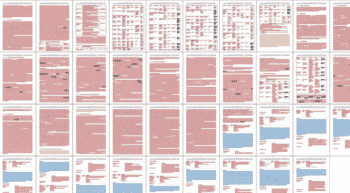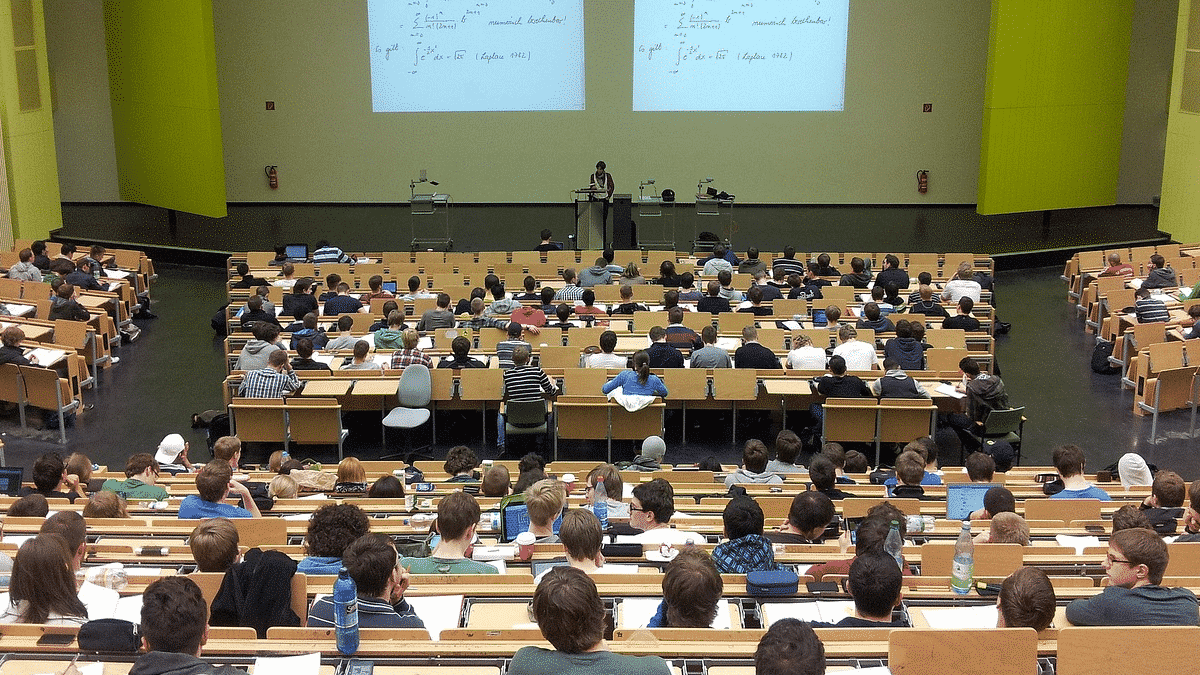5 Things Schools Need to Tell Students About Plagiarism But Don’t
How to have a better conversation about plagiarism...

As students begin the 2019 school year, they’re going to get an earful about plagiarism, what it is, how serious it is and how they can avoid it.
But between the lessons about the honor code, citation formats and paraphrasing is a much broader conversation about plagiarism and cheating that is often missing.
The truth is, in these digital times, students face a myriad of challenges that aren’t in any manual. The instruction they often get on plagiarism, while useful for framing plagiarism in an ethical light, aren’t as useful for dealing with the practical realities.
As such, the education new students get about plagiarism is often woefully incomplete, leaving thing with an understanding that plagiarism is both serious and ethically wrong, but little useful information for tackling the challenges they’ll face in the wild.
The same as the academic environment has changed due to technology, the plagiarism one has as well. Schools need to update their plagiarism education to ensure that they stay on top of it.
To that end, here are five lessons students need to get about plagiarism but often don’t.
1: You WILL Be Targeted By Essay Mills

If you’re a student in a university, you’re almost certain to be targeted by essay mills. It could come in the form of social media spam bots, advertising (either online or in print) or just friends trying to encourage you to buy a paper.
Essay mills have gotten very aggressive with their promotion and their tactics are highly manipulative. They work not just by claiming to offer an amazing service (though they rarely do), they prey on students’ fears and insecurities to make them feel as if they NEED the service to get the grade they want.
The truth is that these services are often just scams, either returning no product or subpar work for the cost. However, students need to be aware of what essay mills are, how they will target them and the tactics they will use. Between that and providing resources to help students feel confident in their writing, it’s possible to counter essay mills before they can reach the students.
2: How to Take Notes and Perform Research Online

Though the vast majority of student research is done online, a lot of times the advice they receive on how to take notes and perform research is stuck in the pre-digital era.
Teaching students how to use the note taking and organization tools that are available to them is key. So much of the advice of how to avoid plagiarism focuses on the writing side but the truth is that a lot of citation issues begin with the research phase as students mingle original writing with outside content or lose citations due to disorganization.
Teaching students how to properly research for a paper is a crucial part of their academic career but it is a part that often gets overlooked in favor of focusing more on the writing aspect. But, while the writing is important, it’s also the last phase of compiling a paper and there needs to be more focus on the other elements.
3: The Cleanroom Writing Process

Speaking of the writing process, when students are taught about plagiarism, they often learn through examples of what is and is not considered plagiarism. While this is great for showing the process someone might go through when analyzing a paper for plagiarism, it’s not very useful in helping students avoid it in their work.
Instead, or at least in addition, students need to learn about the cleanroom writing technique, which prevents the commingling of original and unoriginal text and forces students to paraphrase properly. It eliminates nearly all potential issues related to accidental plagiarism.
Combined with a solid guide on how to research and organize information in a way that can be trivially accessed, it’s possible to ensure that students know how pull together data, cite it and write about it without creating any plagiarism issues.
4: How Plagiarism Detection Tools Work

Plagiarism detection tools are powerful pieces of software that can help detect potential writing and citation issues in a paper. But, as impressive as they are, many schools have hyped them to the point that they can seem like mythical black boxes that see and know all when it comes to plagiarism.
But that’s not how tools work and it’s not even the message being driven home by the creators and marketers of such tools. Plagiarism detection software aids in the detection of plagiarism. It does not make a determination of plagiarism, only a human can do that, and its scores are anything but final.
Students need to understand how the software actually works, what it looks for and, most importantly, that even a wholly original paper is likely to have some matching text. To someone reading the reports, a 0% is often just as suspicious as a 50% or higher. Understanding how the software works will help students be less scared of it and less likely to try and write for it.
5: That Plagiarism Isn’t That Scary

Finally, plagiarism education in schools tends to be very fear based. There’s a lot of talk about what happens if you get caught plagiarizing and how it can damage your academic career. This makes students, understandably, very afraid.
But the truth is that few plagiarism cases result in severe disciplinary consequences. Most result in an in-classroom punishment that might involve redoing an assignment or taking a lowered grade on it. That’s because most issues dealing with plagiarism are, ultimately, minor.
However, when students become too fearful of committing plagiarism, they often get the notion that each plagiarism is equal and, if they’re unsure if they can avoid accidental plagiarism, they might as well go all in.
Instead, it’s much more useful to dial that fear back and create an environment where students can talk about plagiarism issues with their instructors, tutors and others who are there to help them.
Conclusions
This is the time of year students are getting hit with a LOT of information. Not only are they starting their regular classes but, if they’re in a new school or at a new level of their education, they have to learn all about that as well.
As a result, the time available to educate on the subject of plagiarism is very small. While it’s very important to impress the severity of the issue upon students, it’s also important to give them the tools they need to avoid it and be confident that they are avoiding it.
Giving students the tools they need, preparing them for the realities they face and building an environment where students can ask questions on these subjects is crucial in not only avoiding plagiarism, but making students better writers all around.
In the end, schools are supposed to be about encouraging learning and it’s difficult to learn much of anything when you are consumed in a climate of fear. That’s as true for plagiarism as it is anything else.
Want to Reuse or Republish this Content?
If you want to feature this article in your site, classroom or elsewhere, just let us know! We usually grant permission within 24 hours.
